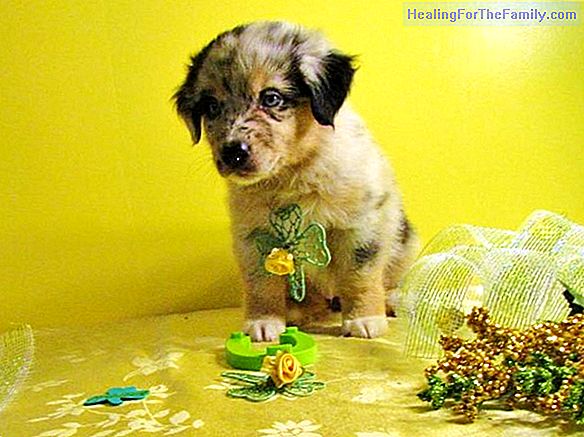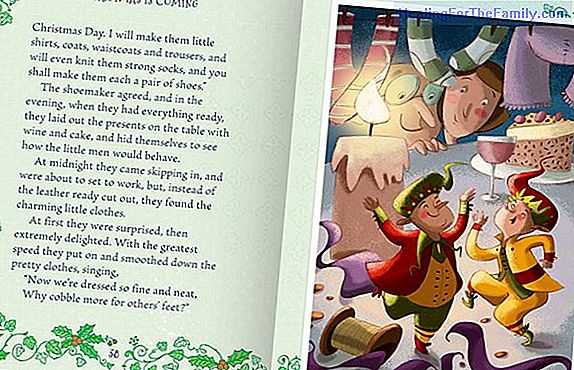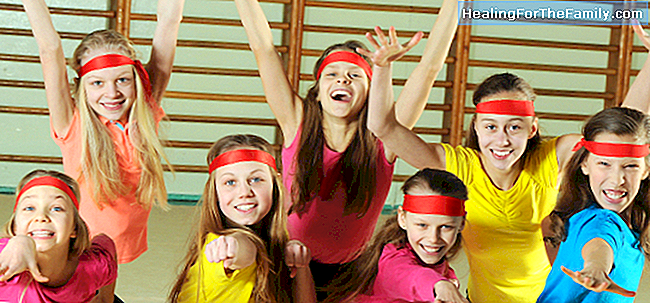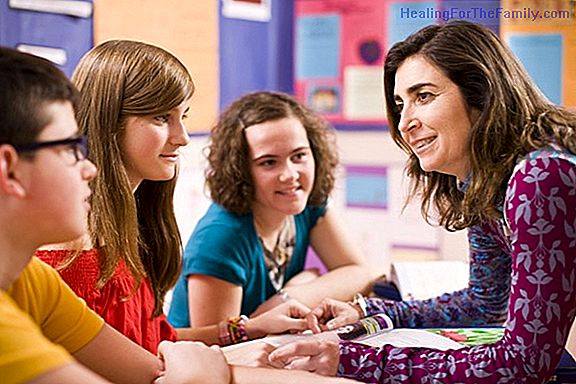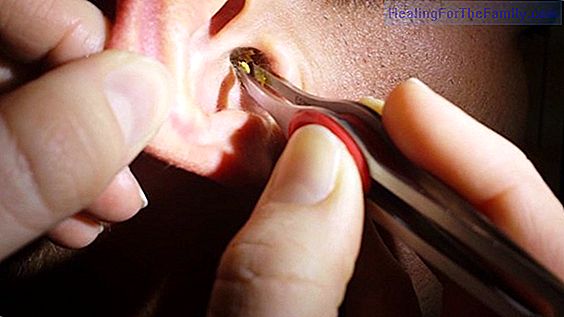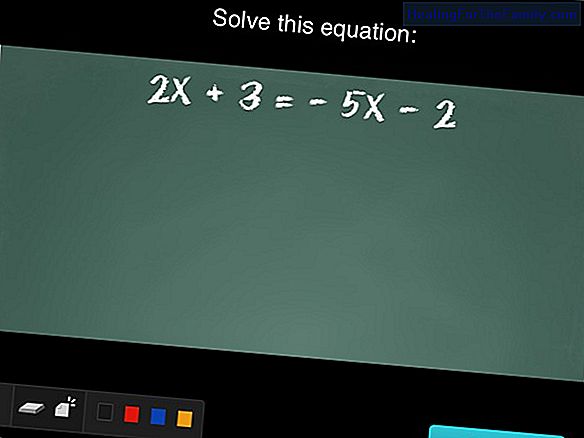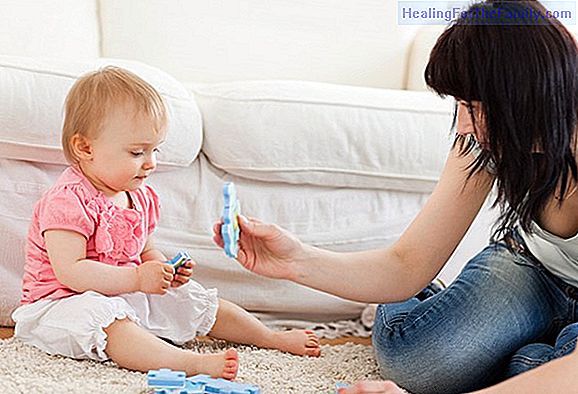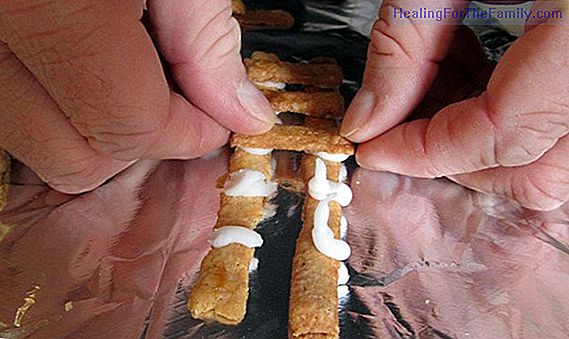Exercises to foster empathy in children with autism
Theory of Mind refers to the ability we have to put ourselves in the place of another person and understand that each person perceives, feels, thinks, desires or believes in different things. This brings us to a concept like empathy and the difficulty that some show to put themselves in the place of
Theory of Mind refers to the ability we have to put ourselves in the place of another person and understand that each person perceives, feels, thinks, desires or believes in different things. This brings us to a concept like empathy and the difficulty that some show to put themselves in the place of the other.
I will show you the strategies, exercises and materials with which you can work with people who have difficulties in the Theory of Mind.
What we want to transmit and learn is that we do not all perceive, we think, we feel or we believe in the same way, that's why we teach you some exercises to foster empathy in children with autism.
How to foster empathy in children with autism and Asperger syndrome
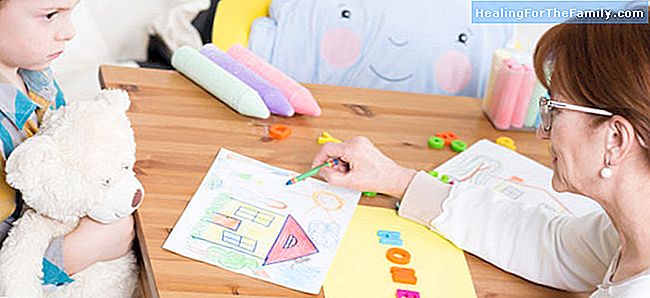
Before I start I would like to remind you that each case is particular. It is about giving a general lines of how to work the Theory of Mind.
I am going to build on the Manual of theory of mind for children with autism of Anabel Cornago, mother of a child with autism that puts at our disposal the enormous work and effort that they have achieved together.
1. The first level of workis that of the five senses and their associated verbs to make an approach to the way we perceive the world and relate to our environment. This way we will elaborate exercises so that the child becomes familiar with the senses, the organs that develop them and the verbs associated with them (see, smell, taste, hear and touch). We will show you a photographof a person and point out the different organs of the senses and indicate them in yourself and in us. To work the verbs related to the senses, we will present objects that can be seen (a toy, a table, a light), others that can be smelled (food, perfume, flower), others that can be tasted (chocolate , chuche, soup), others that can be heard (musical instrument, the wind, the engine of a car) and others that can be played (a cat, a cloth and a ball). With these objects or their images we can go asking them what each one is and with what organ we can perceive it. We can see the toy with the eyes, the smell with the nose ... 2. At a
second level we will work with the existence of different perspectives. The goal is for the child to understand that people can see things from different perspectives. We can give the child a sheet folded in half with
a different drawing on each face (a dog and a truck). We show you both drawings. We raise the sheet of paper and in each one we will see one of the faces. We ask him what he sees on the sheet and he will respond. I see a dog and then we ask him what do I see on the sheet? And you must answer us you see a truck. Later on another sheet with the same activity we will only show him one of the drawings and he will have to tell us what he sees and respond that he does not know what we see because he has not seen it. This example is from a simple visual perspective. Complex visual perspective
refers to the fact that an object can be different depending on the perspective from which we see it. Similarly, if a person looks at it from one place and another person from another, they will perceive different views of the same object. It is fundamental that the child understands this point because the different perception of the objects (and the facts) is the reason why people have different information and therefore different beliefs. We can present to the child images of the same image (for example, a table) seen from different perspectives or positions: from the front, from the back, from above, from below ... and imply that it is the same object but seen from different positions. With these exercises you will discover that little by little the child avan is progressing in his perception of the world
that surrounds him.



